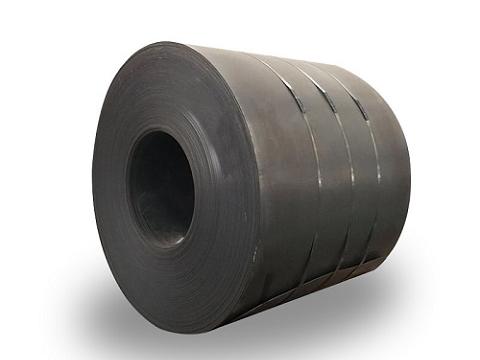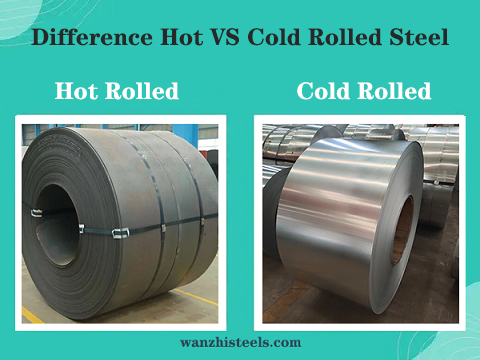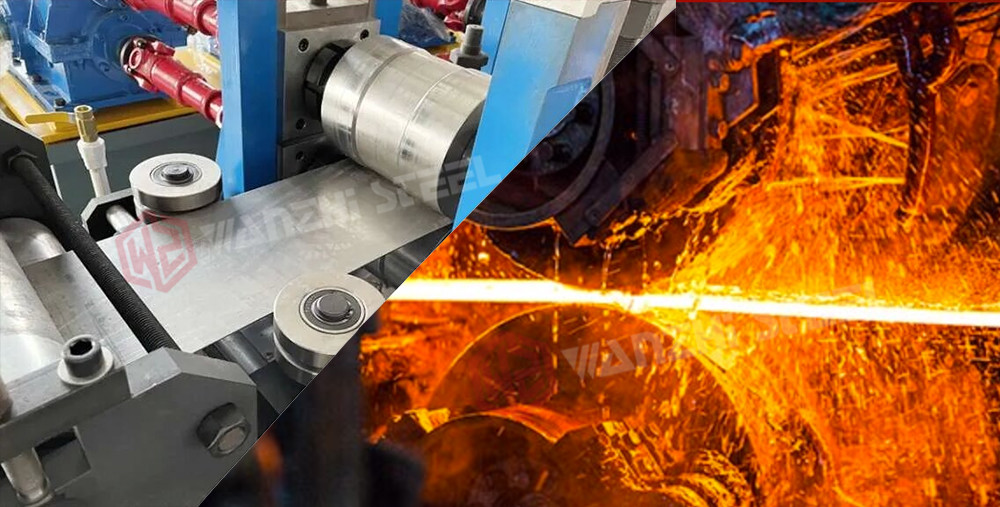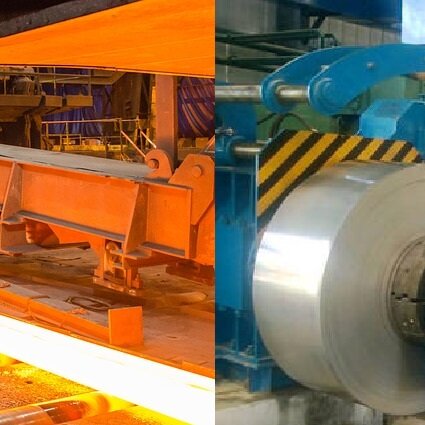SS400 Hot Rolled carbon steel
Home » Carbon Alloy Steel » SS400 Hot Rolled Steel SS400 Hot Rolled Steel Width: 600-2000mm or customizable Thickness: 1- 22mm Size: Customizable Product Introduce SS400 hot rolled is a common hot-rolled structural steel specified in the Japanese Industrial Standard (JIS G 3101). It is a very common and widely used carbon steel in China, Japan, and throughout East and Southeast Asia. SS “stands for Steel Structure, and the following” 400 “indicates that the minimum tensile strength of the steel is above 400 MPa. Product Parameters Item Parameters Products name SS400 Hot Rolled Steel Grade SS400 Thickness 1mm – 22mm Width 600mm – 1500mm Length According to customer requirements MOQ […]
SS400 Hot Rolled carbon steel 続きを読む »



